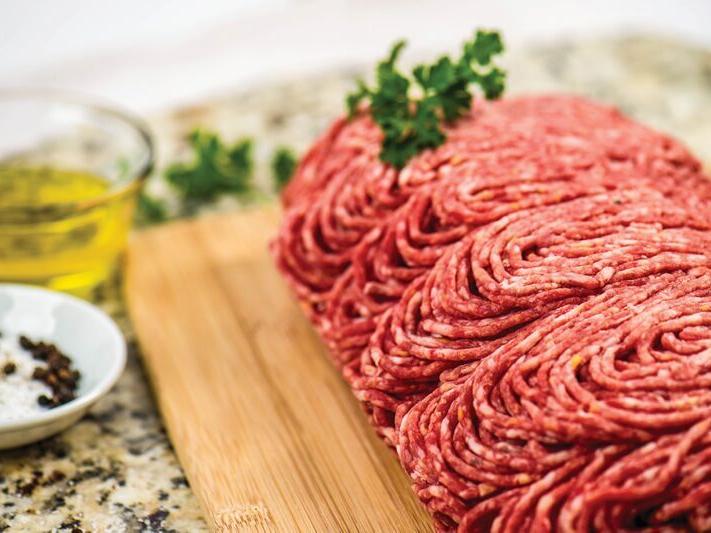
If you stop by any restaurant in southeastern Pennsylvania on New Year’s Day, they will likely be serving pork and sauerkraut as their specialty. This tradition is so prevalent that any person who grew up in this region of Pennsylvania may have assumed that all across the country folks were eating pork and sauerkraut on Jan. 1, which supposedly brings in good luck and prosperity for the upcoming year. As it turns out, this tradition is unique to the Pennsylvania Dutch.
In the 17th and 18th Century, immigrants from what is now considered southern Germany settled in Southeastern Pennsylvania in large numbers. The descendants of these immigrants are known as Pennsylvania Dutch, or Pennsylvania German. These settlers fled persecution from their native lands to seek refuge in the more tolerant government of William Penn. By the time of the American Revolution, Pennsylvania Germans numbered around 100,000, or one-third of Pennsylvania’s population at the time.
To this day, many folks in that community still speak a dialect known as Pennsylvania Dutch, which is a blend of various German dialects and English. There is also a rich food tradition, from shoofly pie (made with molasses and so sweet and delicious you have to tell flies to “shoo”), scrapple (a sort of pork scrap loaf), and, of course, pork and sauerkraut.
Pennsylvania Dutch folk spirituality holds pork and sauerkraut as a crucial and enduring New Years superstition.
“We place a lot of value on the pig, and we consider the pig to be a forward-moving animal,” said Thomas Gerhart, President of the Pennsylvania German Society. He explained that chickens scratch back, but the pig snout points forward. People want to move forward with the New Year, and eating pork is considered a way to do so.
Gerhart added that cabbage is also incredibly important to the Pennsylvania Dutch people, and sauerkraut is made from cabbage and is a distinctly German dish. It’s a natural pairing with pork.
Candace Perry is the curator of collections for the Schwenkfelder Library & Heritage Center in Pennsburg, Pennsylvania. She shed light on the more practical reasons why the Pennsylvania Dutch celebrate the new year with pork and sauerkraut.
“In the 18th Century, you didn’t have refrigeration, so the only time you could really butcher fresh meat was the winter time when it was cold out,” she said. The Pennsylvania Dutch were historically a farming community, and so many food traditions align with the seasons. In the warmer months, if you butchered a pig you had to turn it into sausage to preserve it. Fresh cuts of pork were a delicacy in the days before refrigeration. Sauerkraut was also traditionally made in the winter months to preserve cabbage.
“Historically, New Year’s day was a huge deal for the Pennsylvania Dutch. It was a bigger deal than even Christmas,” Perry elaborated. In addition to chowing down on fresh pork and fermented cabbage, the Pennsylvania Dutch shared fraktur with each other for the New Year. Fraktur are decorated manuscripts, adorned with beautiful calligraphy, paintings of flowers and birds, and a verse wishing the receiver good luck and prosperity for the new year.
As they say in Pennsylvania Dutch country, “Ich winsch dir en hallich, frehlich, glicklich Nei Yaahr” or “I wish you a happy, joyful, prosperous New Year!”
Now, let’s be like the pig and move forward and leave 2020 far behind us forevermore
December 31, 2020 at 07:00PM
https://ift.tt/3o7X8kw
Try pork and sauerkraut for good luck with the New Year - Wyoming Tribune
https://ift.tt/2RsHZwT
Pork

No comments:
Post a Comment